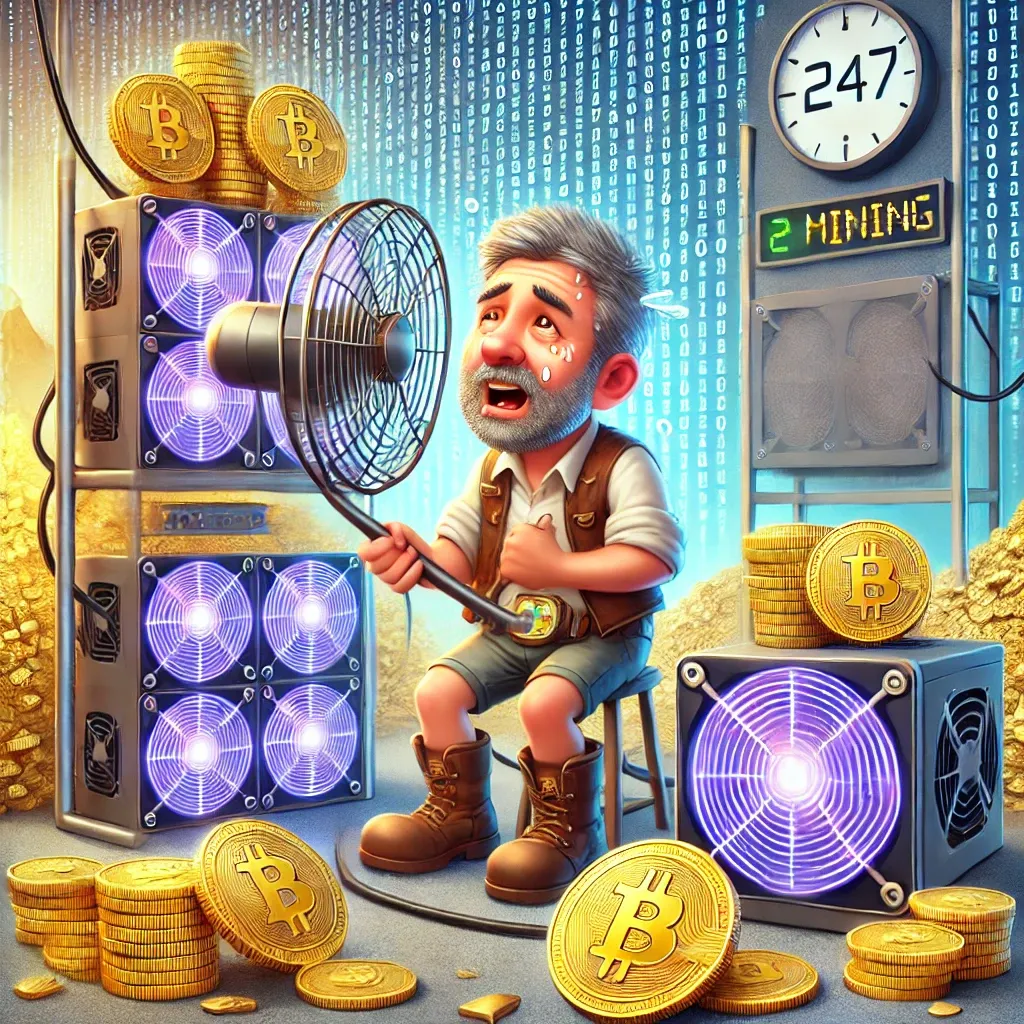Cryptocurrency mining has become a buzzword that even your grandma might have overheard at the dinner table. But what exactly is it, and why does it demand so much computational power? Let’s dig into the digital trenches to uncover the secrets behind this modern-day gold rush.
What Is Cryptocurrency Mining?
Imagine a digital treasure hunt, except the treasure isn’t shiny coins but complex mathematical puzzles. Cryptocurrency mining is the process of solving these puzzles to validate transactions and add them to the blockchain—a decentralized ledger that records every single transaction ever made with that cryptocurrency.
Key Players in the Mining Game
-
The Miner: A computer (or network of computers) dedicated to solving cryptographic puzzles.
-
The Blockchain: A secure ledger where all validated transactions are stored.
-
The Reward: Typically, miners are rewarded with cryptocurrency, like Bitcoin, for their efforts.
Why Does Mining Require So Much Power?
Mining is not for the faint of heart or the weak of hardware. Here’s why:
1. The Complexity of Algorithms
Cryptocurrencies like Bitcoin use the SHA-256 hashing algorithm. Each block added to the blockchain requires solving a computationally intense problem. Think of it as trying to crack a digital safe with a trillion possible combinations.
2. The Race Against Other Miners
Mining is a competition. Thousands of miners worldwide are racing to solve the same puzzle. The faster your hardware, the better your chances of winning.
3. Energy Consumption
All this computation takes electricity—a lot of it. In fact, Bitcoin mining alone consumes more electricity annually than some small countries. If your computer were a car, mining would have it guzzling fuel like a monster truck.
Fun Facts About Cryptocurrency Mining
-
Bitcoin Mining is Hot: Literally. Mining rigs generate so much heat that some miners use them to heat their homes or even cook food.
-
First Mover Advantage: The first Bitcoin block, known as the “Genesis Block,” was mined by Satoshi Nakamoto in 2009. Reward? 50 BTC.
-
Mining Farms: Forget solo mining on your laptop; today’s miners use warehouses full of specialized hardware called ASICs (Application-Specific Integrated Circuits).
The Environmental Impact
While mining is undoubtedly exciting, it has a darker side: its carbon footprint. Many mining operations are powered by fossil fuels, contributing to greenhouse gas emissions. However, there’s a growing shift towards renewable energy sources like hydropower and solar energy in mining hubs.
Is Mining Worth It?
The Pros:
-
Potential for high rewards if you’re lucky and equipped with cutting-edge hardware.
-
Contribution to blockchain security and decentralization.
The Cons:
-
High initial investment in hardware.
-
Skyrocketing electricity bills.
-
Increasing difficulty of mining as more blocks are added to the blockchain.
How to Get Started with Mining
If you’re intrigued and ready to dive in, here’s what you’ll need:
-
Hardware: Invest in an ASIC miner or a powerful GPU rig.
-
Software: Install mining software like CGMiner or NiceHash.
-
Wallet: Set up a digital wallet to store your hard-earned crypto.
-
Patience: Lots of it.
Conclusion
Cryptocurrency mining is a fascinating blend of technology, economics, and sheer determination. While it’s not as easy as downloading an app and striking digital gold, the rewards can be worth it for those willing to invest in the necessary resources. Just remember: mining is not just about making money; it’s about contributing to the ever-evolving world of blockchain technology.
So, the next time someone mentions cryptocurrency mining, you can confidently say, “Yes, I know all about it—and it’s not for the faint of CPU!”
